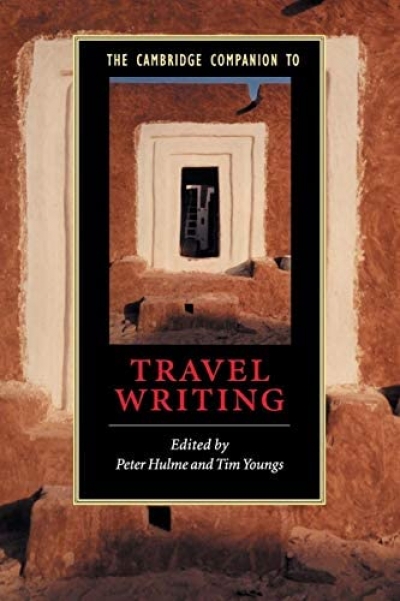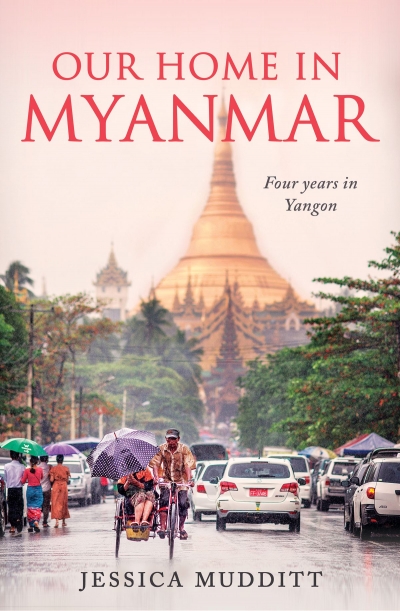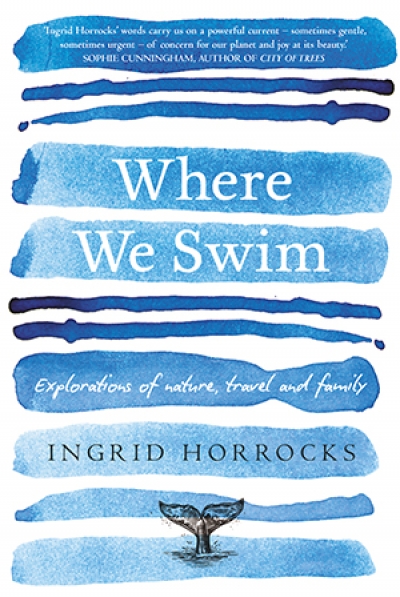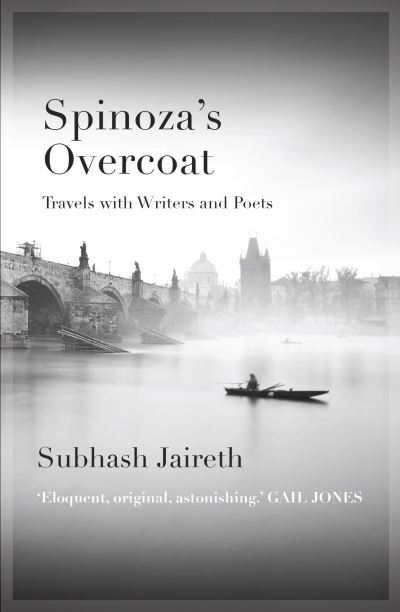Travel
The Cambridge Companion to Travel Writing edited by Peter Hulme and Tim Youngs & Venus in Transit by Douglas R.G. Sellick
by Ros Pesman •
On the Road to Damascus and Other Fabulous Thoroughfares by Glenn A. Baker & The Perfect Journey by David Dale
by Tim Bowden •
Horizontal Vertigo: A city called Mexico by Juan Villoro, translated by Alfred MacAdam
by Gabriel García Ochoa •
Our Home in Myanmar: Four years in Yangon by Jessica Mudditt
by Nicholas Coppel •
Where We Swim: Explorations of nature, travel and family by Ingrid Horrocks
by Naama Grey-Smith •
Spinoza’s Overcoat: Travels with writers and poets by Subhash Jaireth
by Dan Dixon •
On The Plain Of Snakes: A Mexican road trip by Paul Theroux
by Gabriel García Ochoa •
Travels with a Writing Brush: Classical Japanese travel writing from the Manyōshū to Bashō edited by Meredith McKinney
by Barry Hill •















